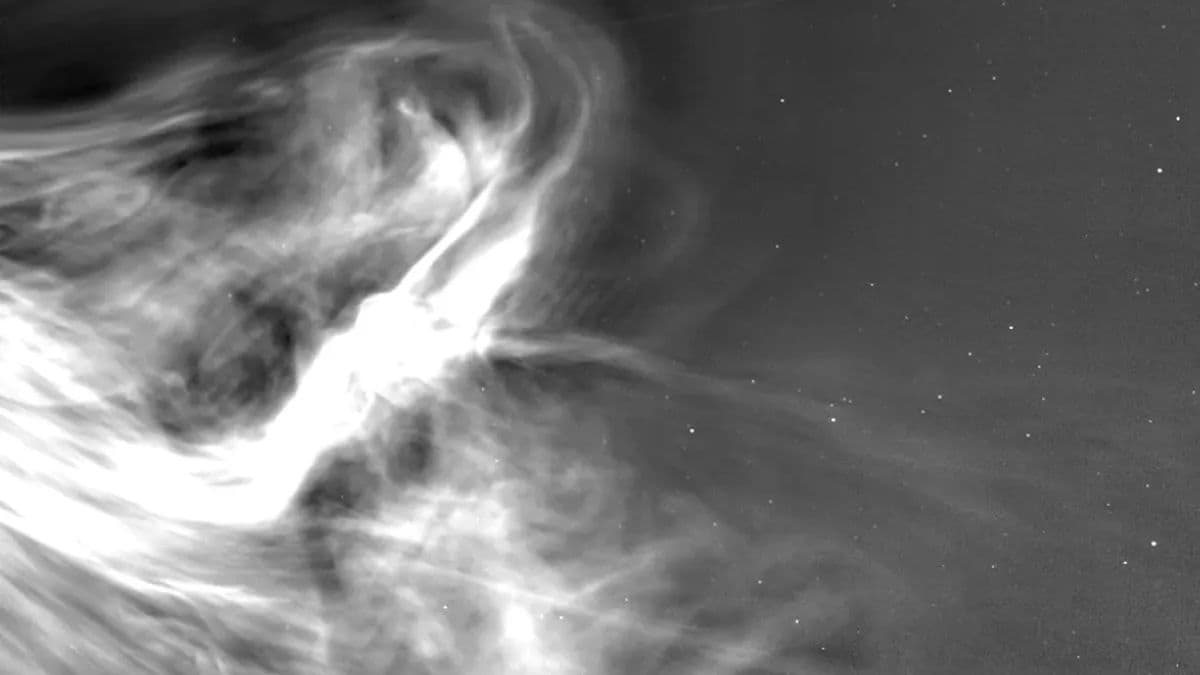
The Parker Photo voltaic Probe has actually achieved a historic milestone in photo voltaic exploration. In July 2025, NASA launched the closest-ever photos of the Solar, taken simply 3.8 million miles from its floor. On Dec. 24, 2024, Parker flew 3.8 million miles from the Solar’s floor, getting into the outer corona. Throughout this go, Parker’s Vast-Subject Imager (WISPR) snapped the nearest-ever pictures of the Solar, displaying the Solar’s corona and the photo voltaic wind in unprecedented element. These photos reveal new photo voltaic eruptions (coronal mass ejections) and magnetic constructions, transporting us into the Solar’s dynamic ambiance and serving to scientists enhance area climate forecasts.
Historic Flyby Delivers Unprecedented Photo voltaic Views
According to NASA, within the record-breaking Dec. 24, 2024 flyby, Parker’s WISPR snapped the closest-ever photos of the Solar’s ambiance because the probe skimmed simply 3.8 million miles (6.1 million km) from the star. NASA launched video and nonetheless frames displaying the Solar’s corona and freshly launched photo voltaic wind. The brand new frames reveal, for the primary time in excessive decision, options just like the heliospheric present sheet (the magnetic boundary that flips polarity) and collisions of a number of coronal mass ejections (CMEs). As imaging scientist Angelos Vourlidas notes, the CMEs are “mainly piling up on prime of each other” in these views.
Insights into Photo voltaic Wind and House Climate
NASA scientists say these photos mark a serious advance in understanding how the Solar drives space weather. Affiliate Administrator Nicky Fox notes that Parker’s close-up view lets us see “the place area climate threats to Earth start,” offering knowledge to considerably enhance forecasting.
The WISPR photos additionally affirm key theories in regards to the photo voltaic wind: Parker discovered there are two sorts of sluggish wind — one rising from helmet streamer loops and one from coronal holes — serving to pin down their origins. Venture scientist Nour Rawafi says fixing this “large unknown” is now inside attain, with Parker bringing us “nearer than ever to uncovering their origins”. These breakthroughs will assist shield astronauts, satellites and expertise from harmful photo voltaic storms.
